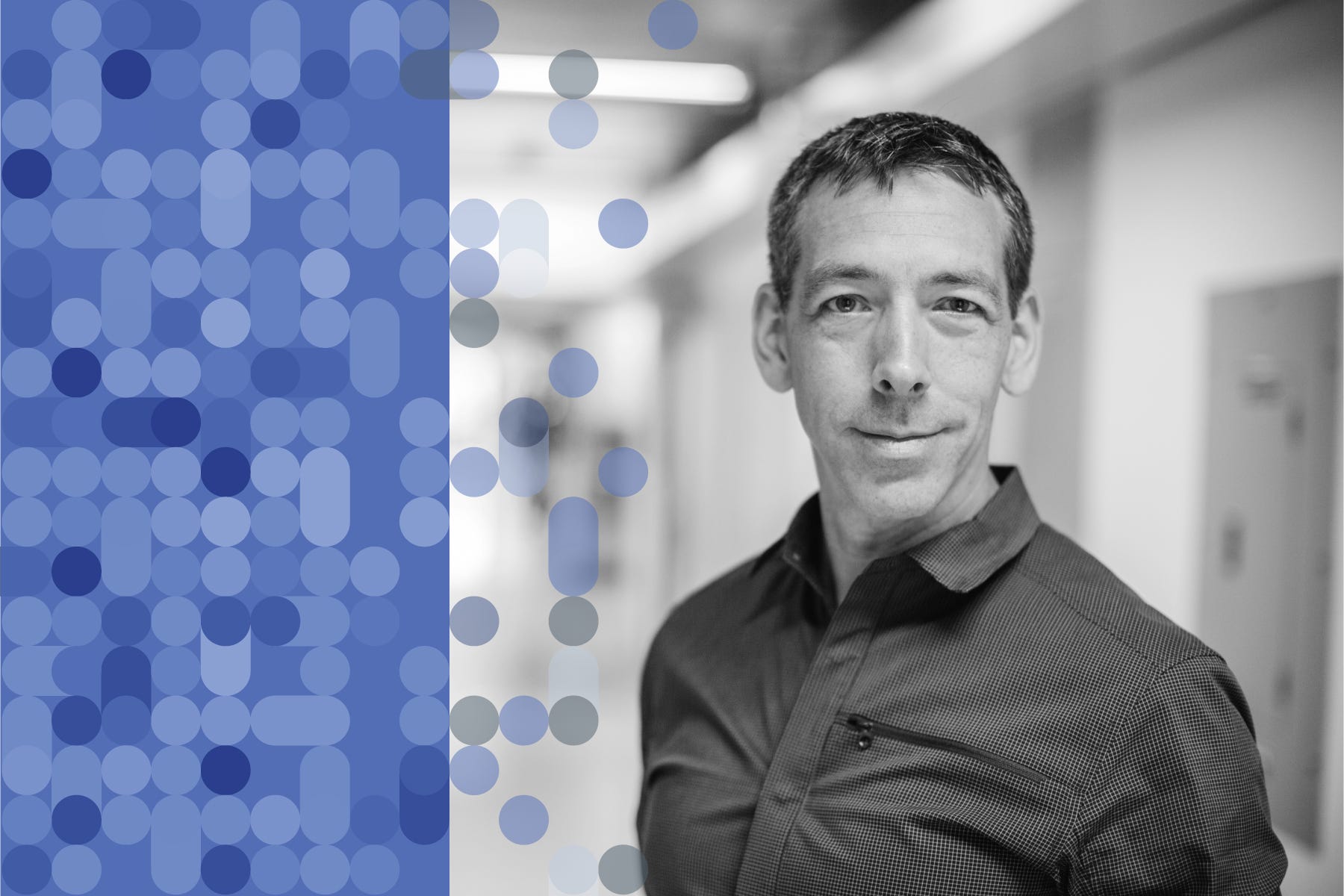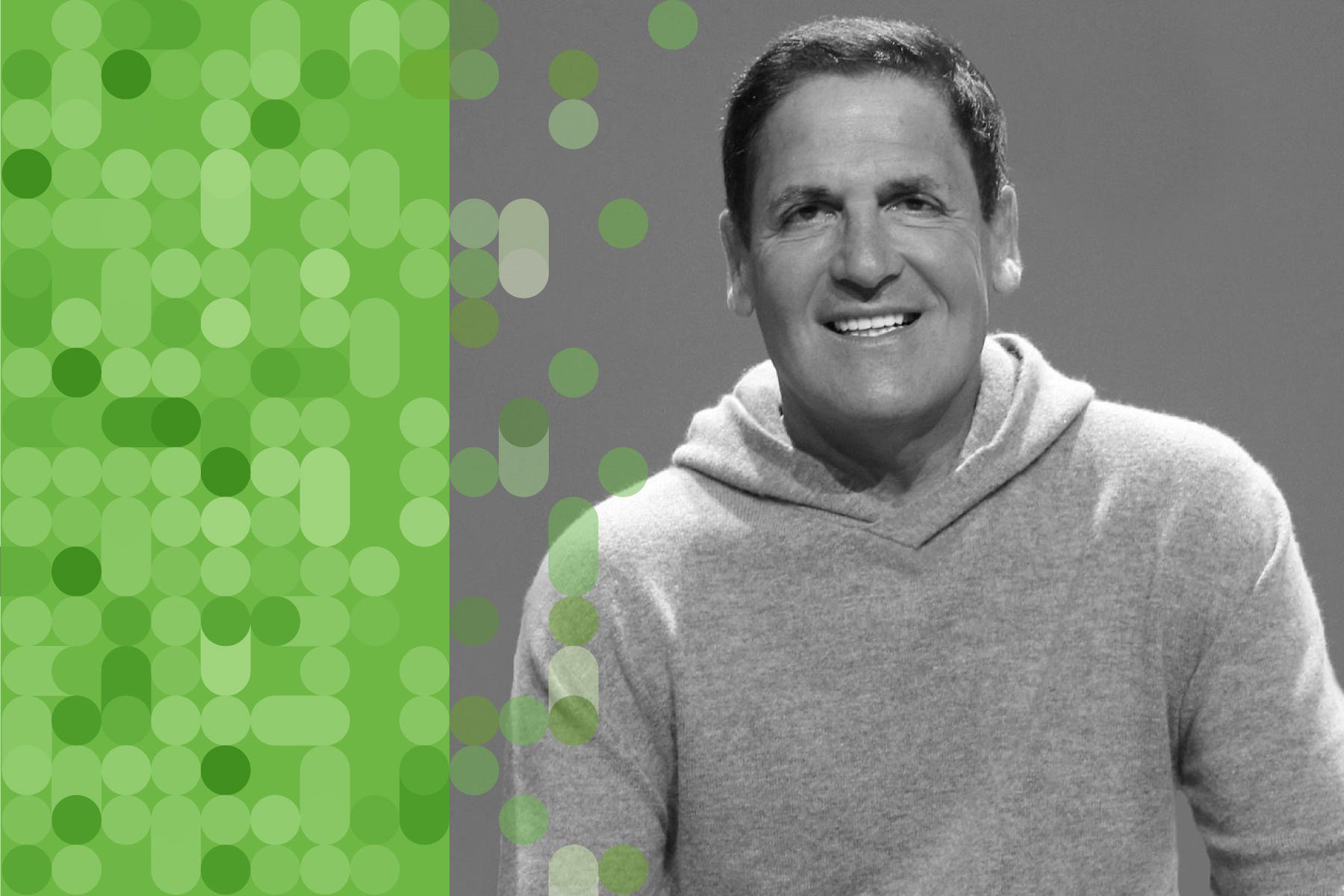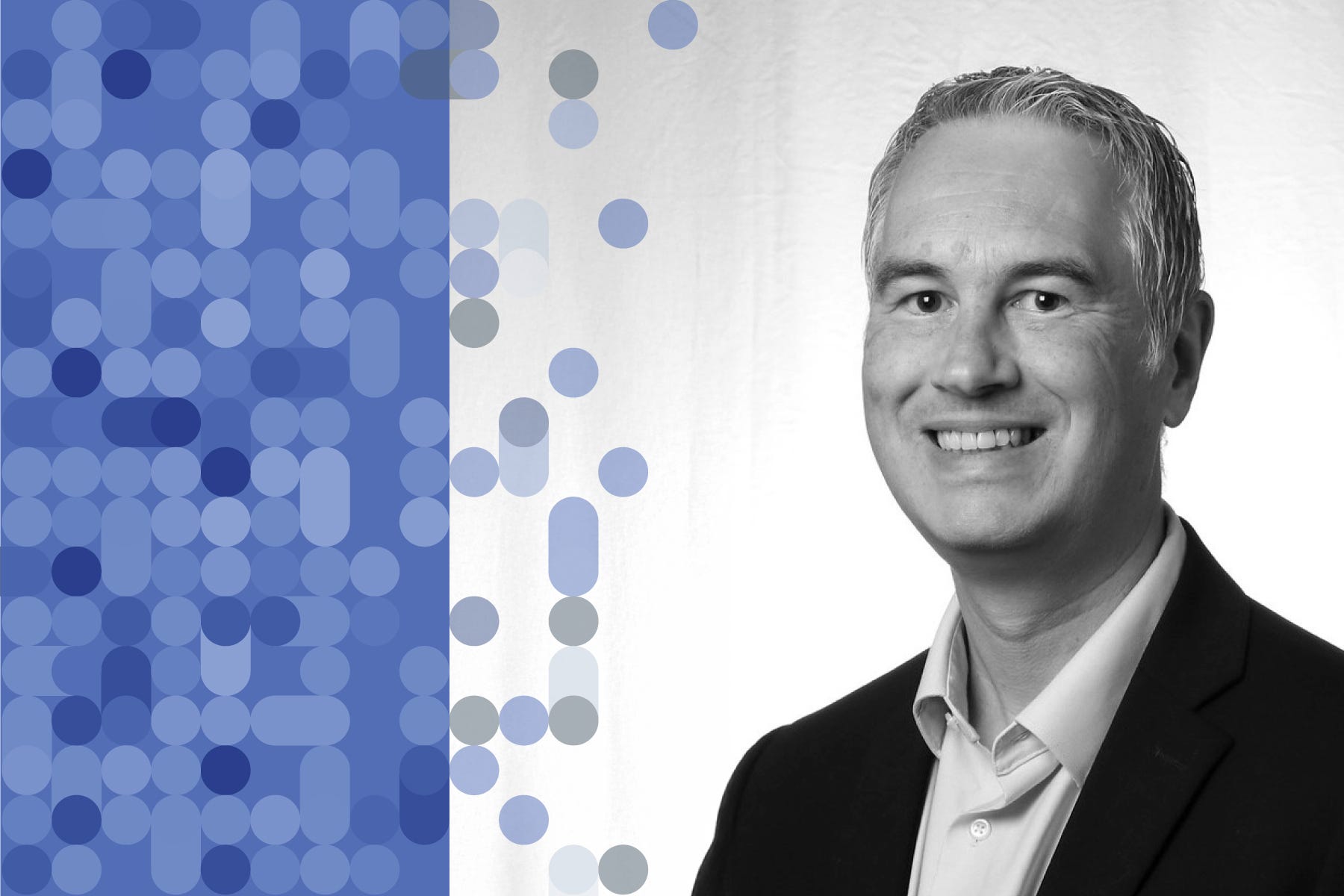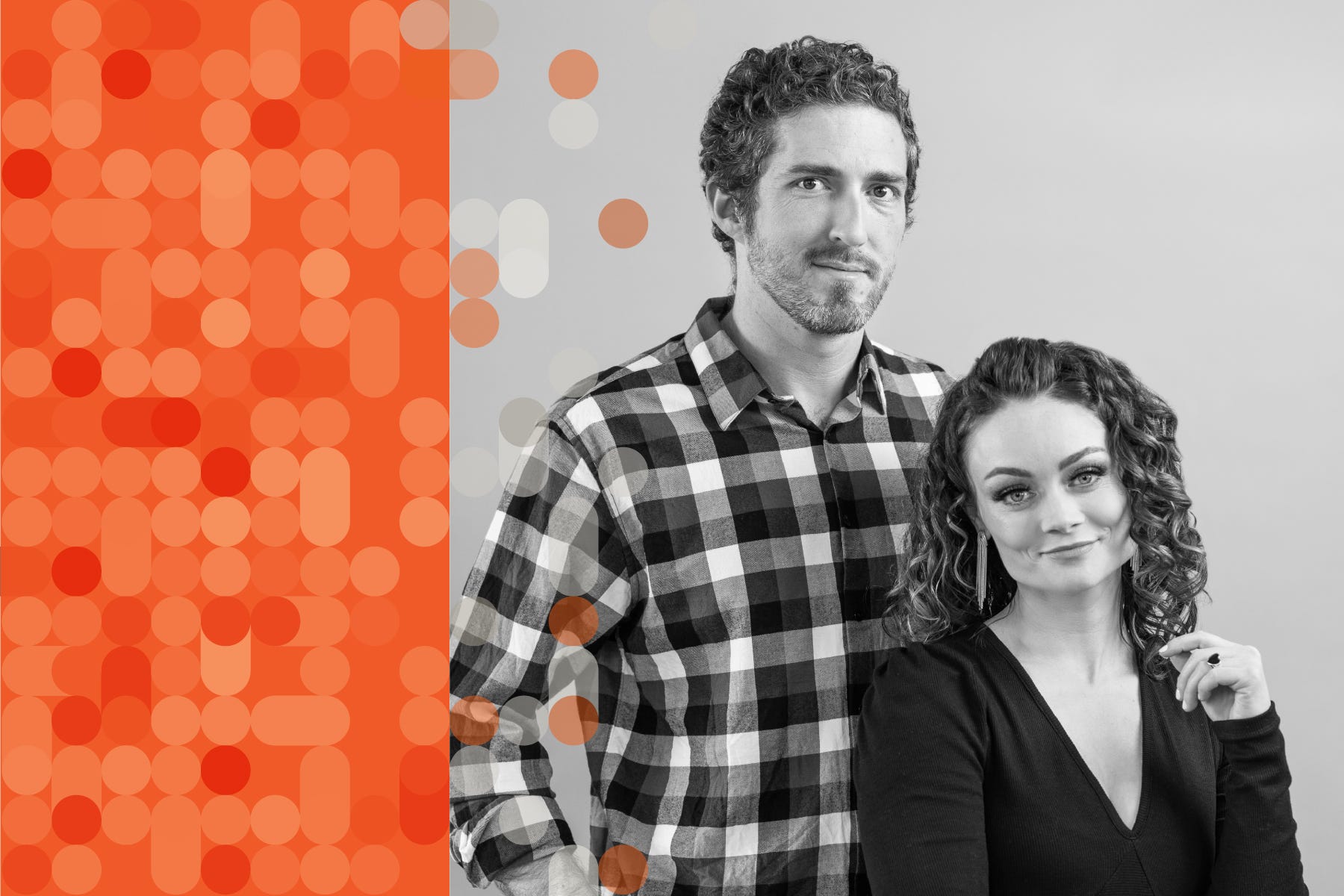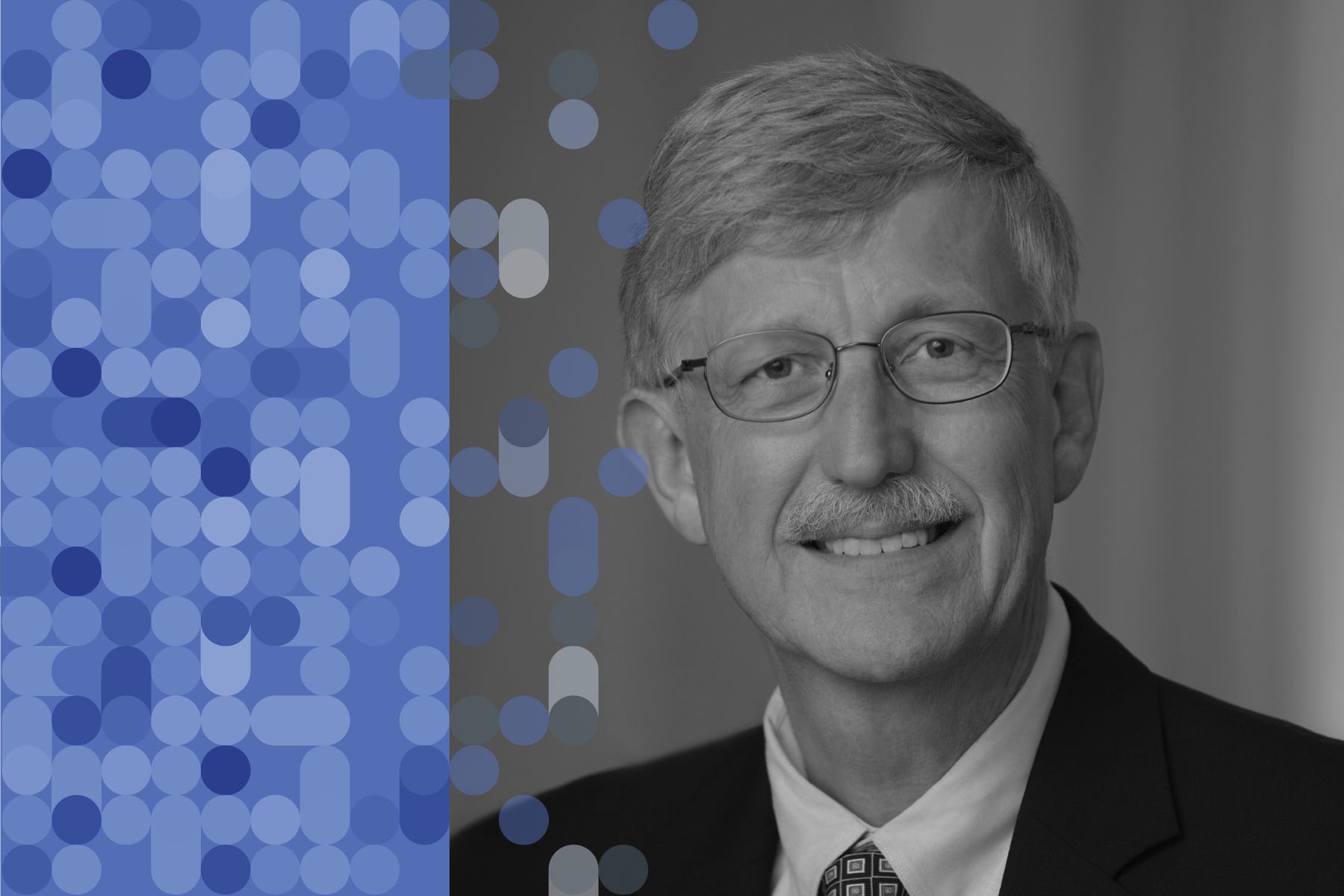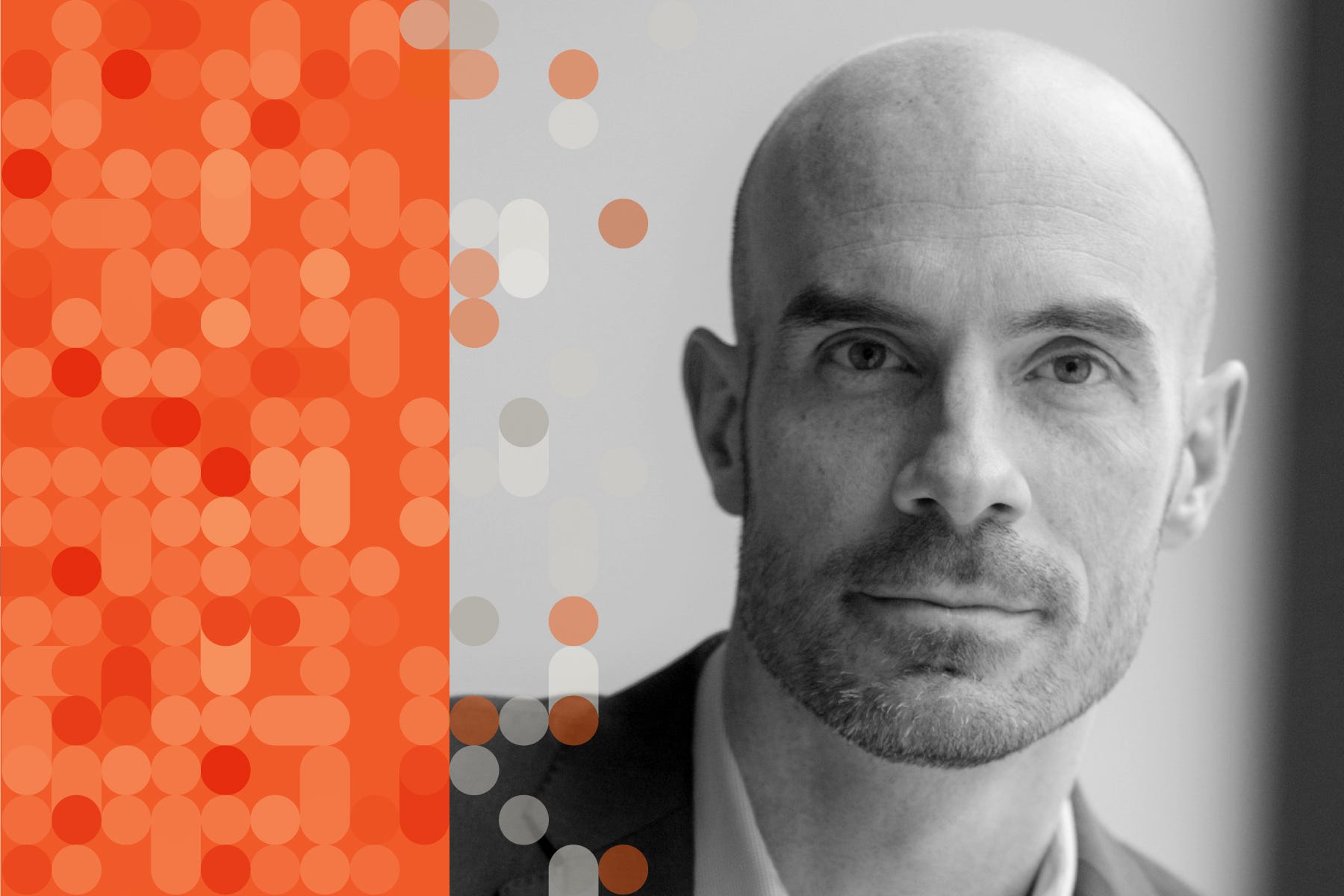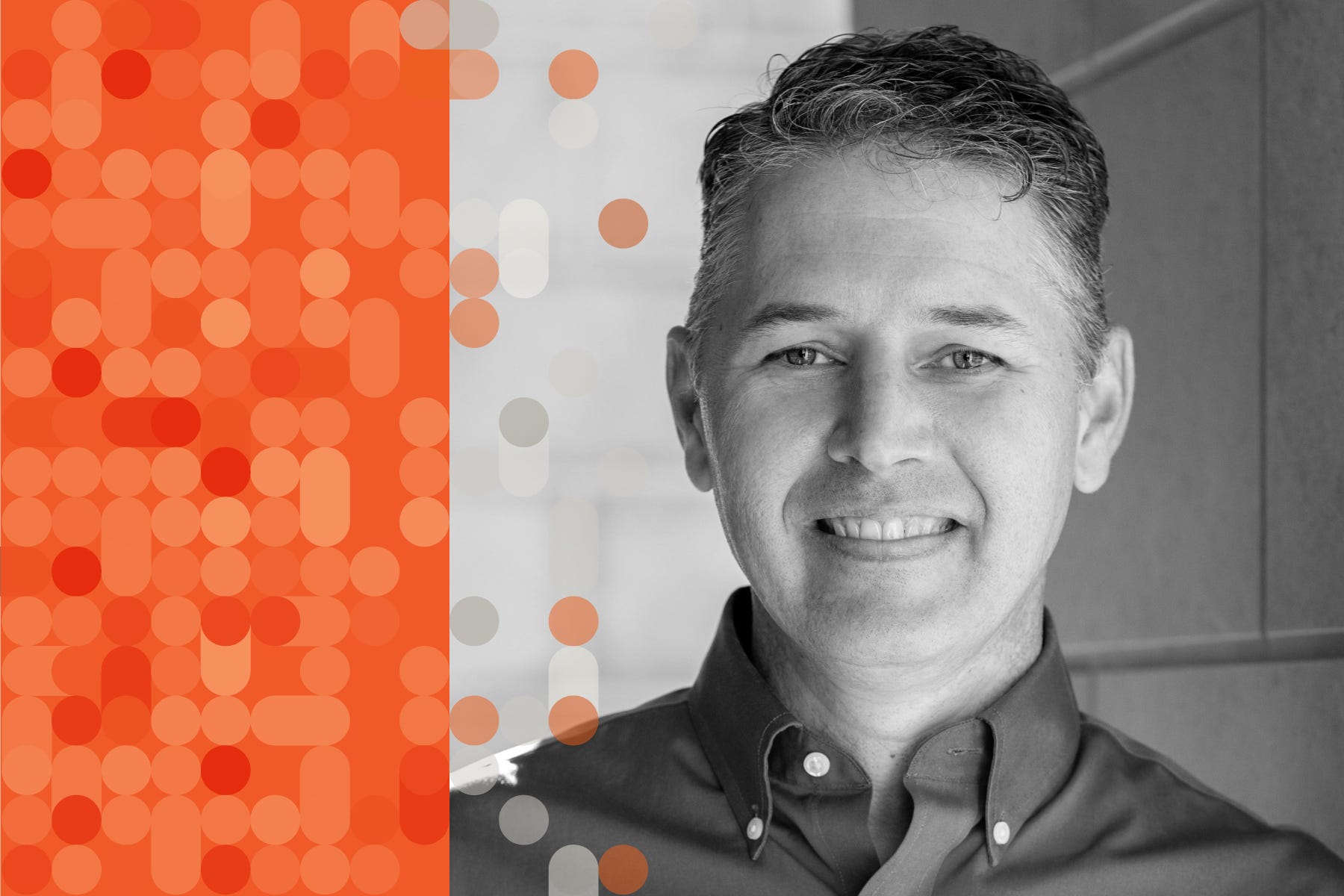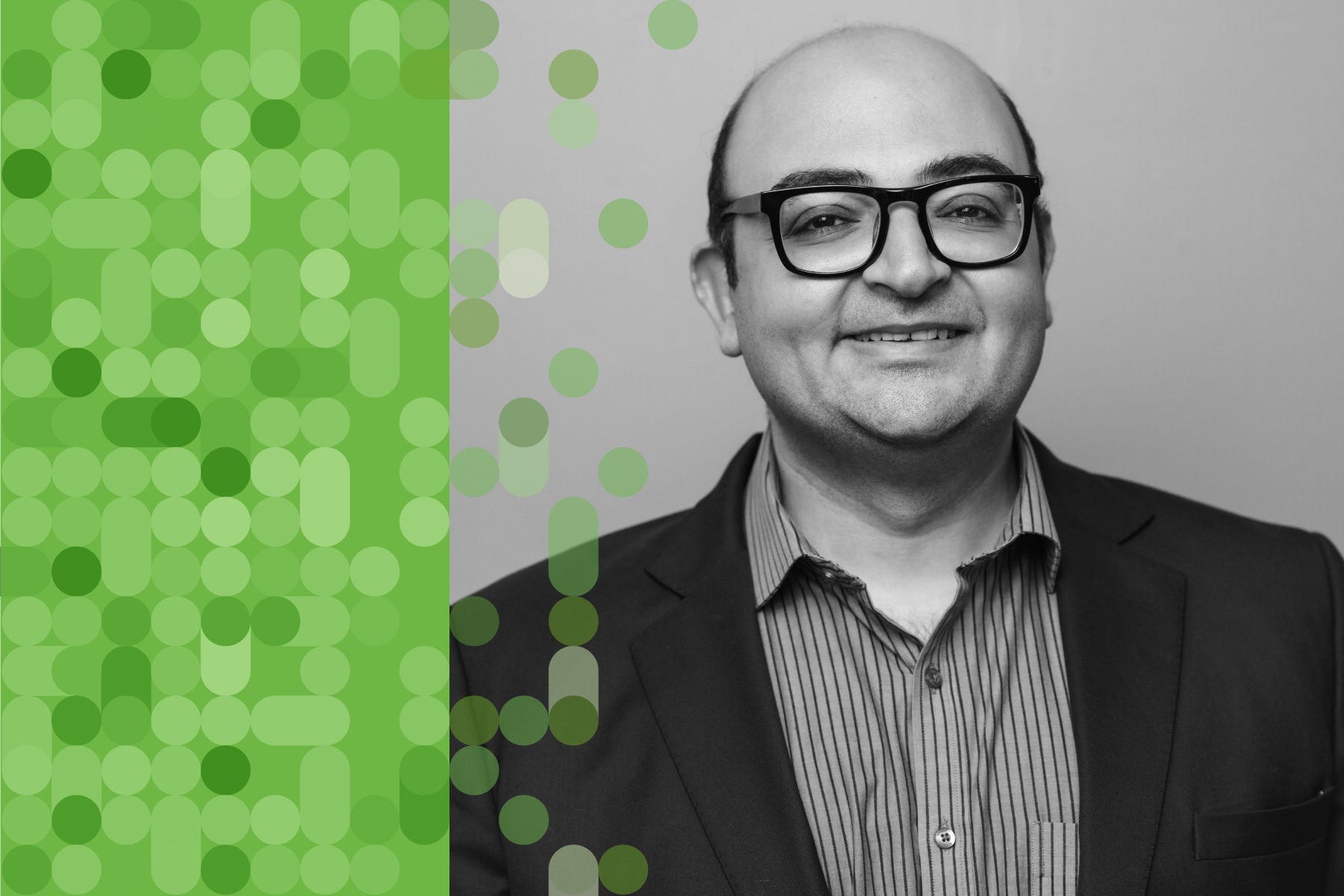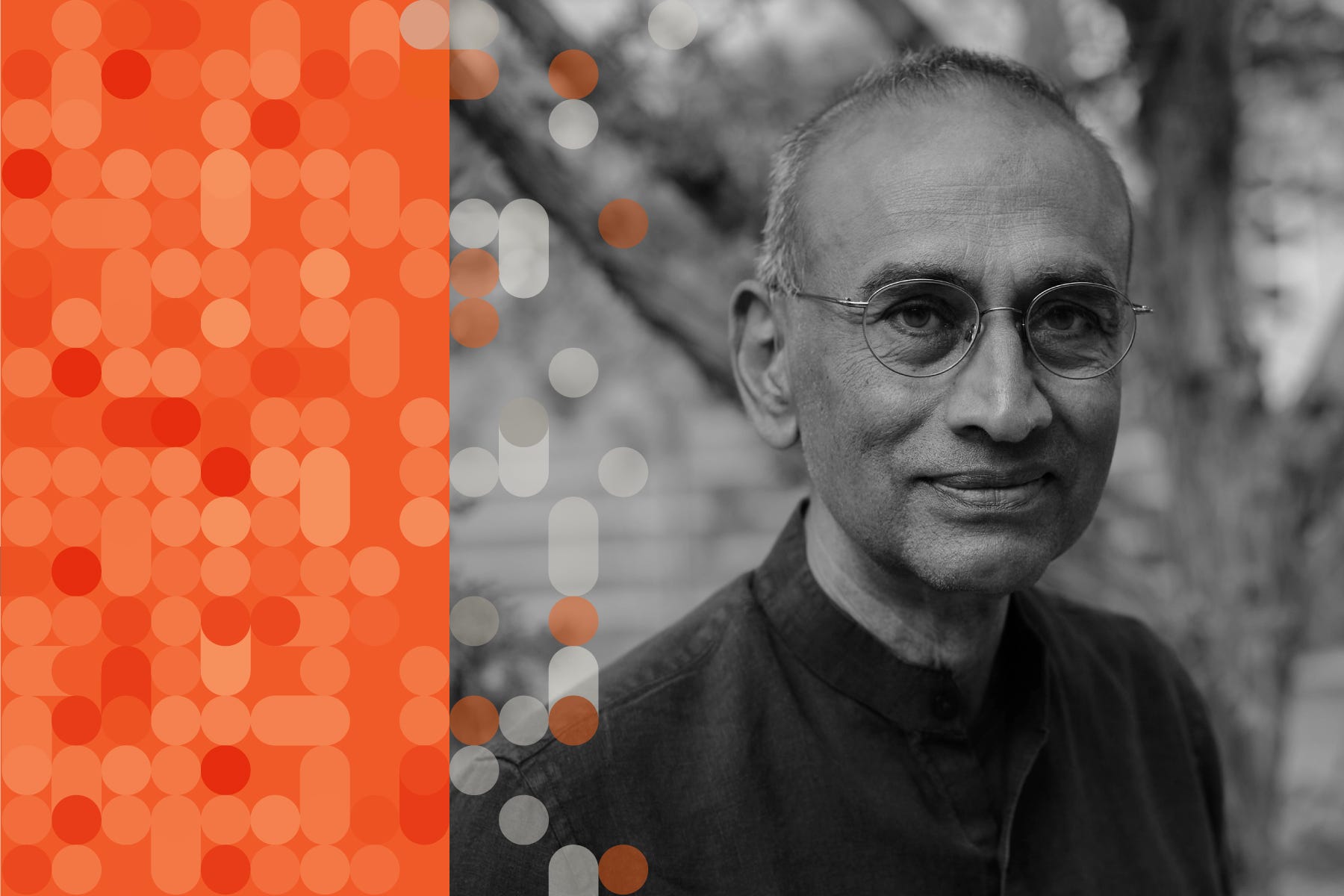Euan Ashley: Exercise may be the single most potent medical intervention ever known
Description
Recently, a series of papers were published in Nature and Nature journals illuminating the physiologic effects of exercise from an NIH initiative called MoTrPAC. To understand the wealth of new findings, I spoke with Professor Euan Ashley, who, along with Matt Wheeler, heads up the bioinformatics center.
Earlier this week, Stanford announced Euan Ashley will be the new Chair of the Department of Medicine. He has done groundbreaking work in human genomics, including rapid whole genome sequencing for critically ill patients and applying the technology for people with unknown diseases. A few years ago he published The Genome Odyssey book. As you’ll see from our conversation, he has also done extensive work on the science of exercise.
Video snippet from our conversation. Full videos of all Ground Truths podcasts can be seen on YouTube here. The audios are also available on Apple and Spotify.
Transcript with audio and external links
Eric Topol (00:06 ):
Well, hello, it's Eric Topol with Ground Truths, and I'm really delighted today to welcome my friend, Euan Ashley. He is the Roger and Joelle Burnell Chair of Genomics and Precision Health at Stanford. He's done pioneering work in genomics, but today we're going to talk about something very different, which he also is working in exercise. Exercise the cover of a Nature paper in May regarding this MoTrPAC, which we're going to talk about this big initiative to understand the benefits of exercise. But before I hand it over to Euan, and I just want to mention his description of the paper that he posted to summarize started with, “Exercise may be the single most potent medical intervention ever known.” So Euan welcome.
Euan Ashley (01:01 ):
Yeah, well, great. It's wonderful to be here, Eric, and so nice to see you.
Eric Topol (01:06 ):
Yeah. Well, we have a lot to talk about because exercise is a fascinating topic. And I guess maybe we'd start with the MoTrPAC, which is an interesting acronym that you all came up with. Maybe tell us a bit about that with the 800 rats and the 2,400 people and the 17,000 molecules, there’s a lot there.
Euan Ashley (01:24 ):
Right, right. Yeah. Well, first of all, of course, before you do any scientific study, especially with a large number of people in a consortium, you need a good acronym. So that was where we started with the idea was to focus on the molecular transducers of physical activity. As you pointed out there at the beginning, we really don’t have a more potent medical intervention, especially for prevention of disease. I mean, it’s just such a powerful thing that we have, and yet we don’t really understand how it works. And so, the MoTrPAC Consortium was designed to really work together, bring groups of people across the US together who all have some interest in exercise and some ability to measure molecules and really put together the world's largest study of exercise to try and start answering some of the questions about where the potency of this intervention come from.
Eric Topol (02:20 ):
So the first crop of papers, and there were several of them that came out all on the same day in Nature publications, was about the rats. The people part is incubating, but can you give us a skinny on, there was a lot there, but maybe you could just summarize what you thought were the main findings.
Key MoTrPAC Findings
Euan Ashley (02:43 ):
Yeah, of course, of course. And the MoTrPAC Consortium, I'll say first of all, yeah, large group is probably I think 36 principal investigators funded by the Common Fund. And so, it brings together large numbers of people, some of whom who spend most of their time thinking about let’s say animal exercise. Some have spent a lot of time thinking about humans in exercise and many of whom think about measuring technologies. And as you say, these first group of papers were focused on the rat study, but actually the study goes much more broadly than that. But of course, there are some advantages to the animal protocols. We can look at tissue and we'll talk about that in a moment. But the humans, of course, are where we're most interested in the end. And we do have tissues coming from humans blood and adipose tissue and skeletal muscle, but those are obviously the only organs we can really access.
(03:31 ):
So there's a rat study, which is this one we'll talk about, and that's aerobic exercise and training. There's human studies that include aerobic exercise, strengths studies as well. There's a study in kids, pediatric study and then also a study of people who are very fit because here we're focusing on the change from sedentary to fit. And so that gives us the key exercise signal. So this first crop of papers was really our first look, cross-tissue, cross multi-omics, so multiple different modalities of measurement. And I think, yeah, we were like about nine and a half thousand assays, 19 tissues, 25 different measurement platforms, and then four training points for these rats. So let's talk about the rats for a minute. What do they do? So they normally live at night. They're active at night. In this study, we reverse that so that we can actually do the studies during the day.
(04:25 ):
So we reverse their at night cycle and they do their treadmill exercise over the course of several weeks. They start with about 20 minutes, and they do more every day. There's a control group of rats that just get placed on the treadmill and then don't do any exercise. And so, this is a controlled study as well. And over the course of time, we work more, it's about eight weeks in total and then two days after each of those bouts of exercise. So it's not an acute study, we measure to see where we are. So we also have this time trajectory of exercise. So what did we find? I mean, I think the first thing I would say, we talked about just how potent exercise is. It's very, very clear from looking at all these tissues that when you exercise regularly, you are just a different person, or in this case a different rat.
(05:15 ):
Like literally every tissue is changed dramatically and some in quite surprising ways. So I give you a couple of the things that surprised me or that I thought were most interesting. The first thing was this question of how does exercise actually work? Because exercise is a stress. You go out and you pound the pavement or you're on the bike or whatever, and then your body recovers. And so, there's been this idea, it's referred to as hormesis, this idea that some of the benefit of exercise might come from this recurrent stress. So your body learns how to deal with stress. And so given that we were very interested that this heat shock response was so prominent across multiple tissues. So heat shock proteins are molecular chaperones and they take care of protein folding to make sure it's appropriately done and they prevent protein aggregation. And when proteins need degraded because they're damaged, the heat shock system jumps in.
(06:10 ):
So perhaps not surprising, but pretty interesting that the heat shock proteins were very prominent part of the stress response to exercise. And remember, this is not acute exercise, so these are benefits that are built up over time, so that was one. A surprising one to me, the adrenal gland. So we're used to thinking of adrenaline as an epinephrine, as a stress hormon

